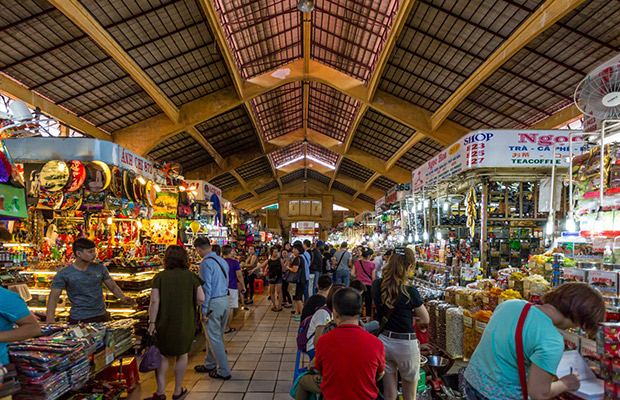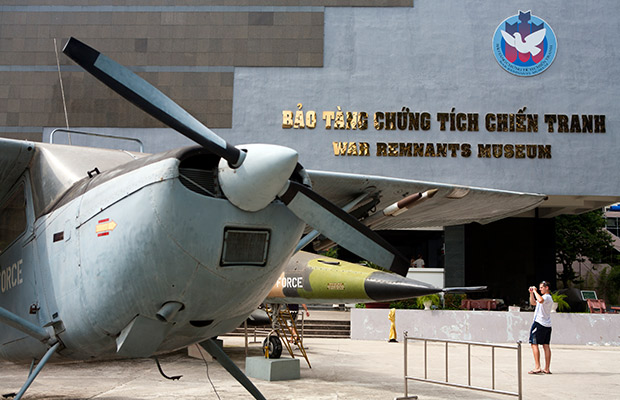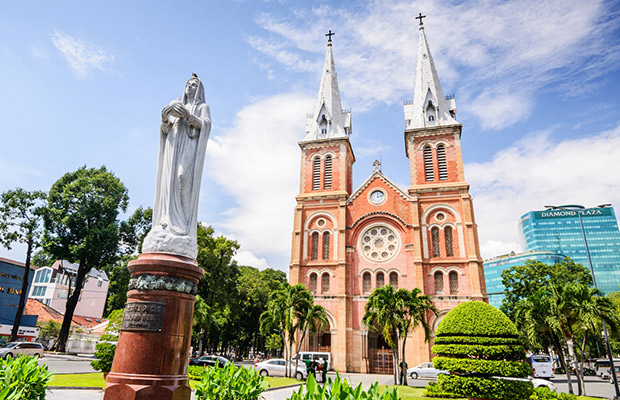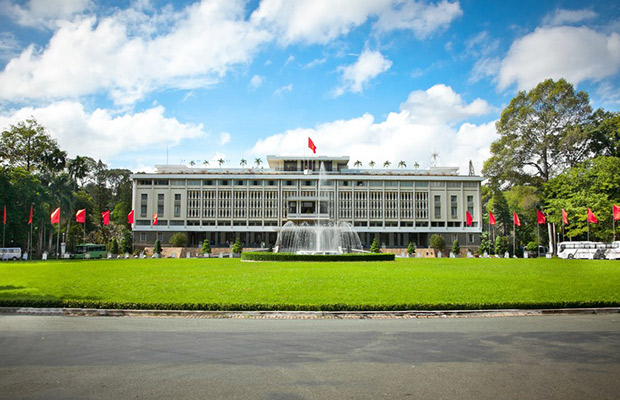Ho Chi Minh City Museum
Ho Chi Minh City Museum
Vietnam
Ho Chi Minh City
Ho Chi Minh City Travel Guide
Book Tour & Activities
Your tour in Ho Chi Minh City.
Book your stay
Your hotel in Ho Chi Minh City.
Overview
A grand neoclassical structure built in 1885 and once known as Gia Long Palace (and later the Revolutionary Museum), HCMC’s city museum is a singularly beautiful and impressive building, telling the story of the city through archaeological artefacts, ceramics, old city maps and displays on the marriage traditions of its various ethnicities. The struggle for independence is extensively covered, with most of the upper floor devoted to it.
Gia Long Palace (Vietnamese: Dinh Gia Long), now officially the Hồ Chí Minh City Museum (Vietnamese language: Bảo tàng Thành phố Hồ Chí Minh) is a historical site and museum in Hồ Chí Minh City (Saigon), Vietnam. The museum is situated at the corner of Lý Tự Trọng and Nam Kỳ Khởi Nghĩa streets, located on 2 hectares of land, near the Independence Palace.
Deep beneath the building is a network of reinforced concrete bunkers and fortified corridors. The system, branches of which stretch all the way to Reunification Palace, included living areas, a kitchen and a large meeting hall. In 1963 President Diem and his brother hid here before fleeing to Cha Tam Church. The network is not open to the public because most of the tunnels are flooded.
In the gardens are various pieces of military hardware, including the American-built F-5E jet used by a renegade South Vietnamese pilot to bomb the Presidential Palace (now Reunification Palace) on 8 April 1975.
Architecture
The 2-floored palace building covers an area over 1700 m², using classical Baroque architecture with European and Oriental influences. The flooring, staircases and halls were European-styled, while the roof was Oriental-inspired. Surrounding the palace is a trapezoid-shaped flower garden, with 4 pathways.
The front face of the roof is decorated with grotesques. Other exterior structural designs include symbolic chickens representing daytime and owls for nighttime and ring-enclosed white flowers. Many other motifs embossed on the roof is a combination of Greek mythological symbols, iconic plants and tropical animals such as lizards and birds flying or expanding its wings.
Diệm commissioned the construction of three extremely deep tunnels leading from the palace to other parts of the city so that he and important government officials/military figures could escape in the event of a coup. During the 1963 coup d'etat, Diệm is widely believed to have used one of these escape routes to escape the siege on the palace, which caused considerable damage. He fled to a supporter's house in Cholon but was captured and executed a day later. The successor presidents still worked there until the completion of re-built Independence Palace, in 1966. The tunnels were 2.2 m high, with cast reinforced concrete (170 kg of iron / 1 m3 of concrete). Walls were 1 m thick, with 6 iron vault doors for entry and exit. The tunnels had 2 downward stairs, leading to a basement with 6 rooms totalling 1392.3 m², which included conference rooms, offices, bathrooms, electrical rooms. The Presidential Office and Presidential Adviser's Offices were equipped with battery banks for uninterruptible power supply, portable radios, RCA transceivers. There are two exit tunnels that run towards Le Thanh Ton Street as well as six ventilation holes and numerous sewage drainages.
Highlights
Continue walking around the Ho Chi Minh City Museum to discover the city’s long-standing culture. Your eyebrows will be raised by the bright costumes and decorations that have been used as traditional weddings over centuries. It is also possible to contemplate some typical examples of the hand-made ceramics and jewelry that are still availed as part of the present-day ceremonies.
On the top floor, written testimonials and photographic displays here help visitors find out what a life as a soldier was used to be throughout many different conflicts. It seems a pity to overlook a wide collection of American memorabilia, i.e. medals, guns and uniforms in this area.
Once strolling around the outside of the museum, you may catch the image of several larger exhibits of the American war, including a group of American aircraft, a tank and a collection of cars.
Ho Chi Minh City Museum
- 2 min walk from People's Committee of Ho Chi Minh City
- Address: 65 Lý Tự Trọng, Bến Nghé, Quận 1, Hồ Chí Minh, Vietnam
- Open today: 7:30 AM - 6:00 PM
- Phone: +84 28 3829 9741
Video Travel Inspiration
See Ho Chi Minh City Museum on Map
Most Popular Cities

Siem Reap
Cambodia
Ho Chi Minh City
Vietnam
Beijing
China
Paris
France
London
United Kingdom
New York
USA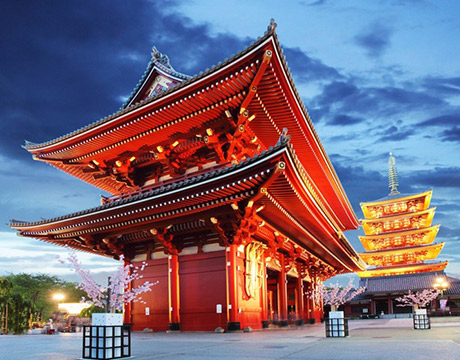
Tokyo
Japan
Bangkok
Thailand
Seoul
South Korea
Vientiane
Laos
Yangon
Myanmar
Washington DC
USA
Los Angeles
USA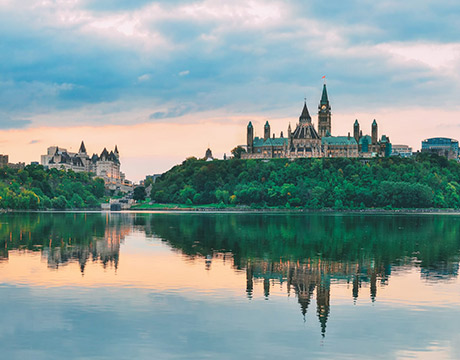
Ottawa
Canada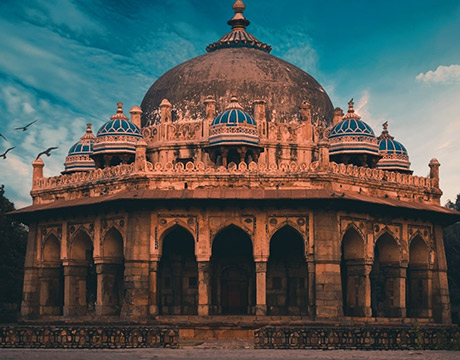
New Delhi
India
Singapore
Singapore
Kuala Lumpur
Malaysia
 English
English French
French Khmer
Khmer Thai
Thai Vietnamese
Vietnamese Chinese
Chinese Korean
Korean German
German Japanese
Japanese Italian
Italian Russian
Russian Spanish
Spanish Dutch
Dutch Indonesian
Indonesian Malay
Malay

